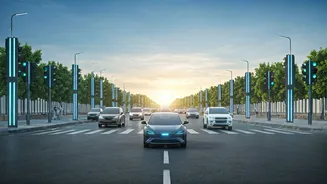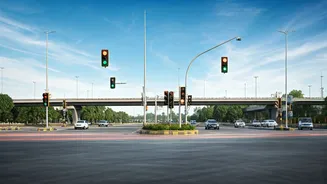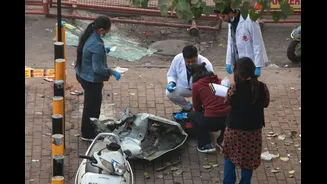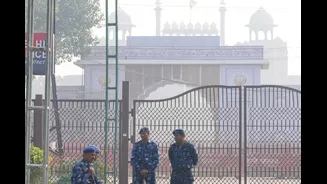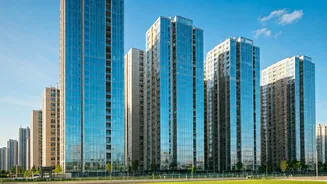AI Traffic Management
Gurugram has become the first city in Haryana to embrace an AI-powered smart traffic platform. This innovative system is designed to optimize traffic flow
and manage congestion effectively. The adoption of this technology is a significant step towards a more efficient and sustainable urban environment. The implementation of AI is expected to streamline traffic management, reducing bottlenecks and improving overall travel times for commuters. This advanced system is anticipated to minimize traffic-related pollution, contributing to better air quality. The shift to AI-based traffic management demonstrates Gurugram's commitment to leveraging technology for urban development and improving the quality of life for its residents, ultimately leading to a more organized traffic system.
Violations Persist
Despite the implementation of stricter measures, violations continue to occur in Gurugram, indicating ongoing challenges in enforcing environmental regulations. The enforcement of GRAP 3 (Graded Response Action Plan) has not completely eliminated these violations. This suggests that the city needs to strengthen its efforts to ensure compliance with environmental standards. The persistence of violations highlights the need for a comprehensive approach, including increased monitoring, stricter penalties, and public awareness campaigns. To tackle these issues effectively, authorities may consider a combination of technological solutions, such as real-time pollution monitoring systems, and increased human resources for enforcement. The city's air quality struggles reveal the need for a holistic plan to guarantee environmental sustainability.
Air Quality Concerns
Even with minor improvements in air quality, Gurugram continues to experience toxic air, according to recent reports. Although some gains have been made, the city's air remains a health concern for its residents. The presence of toxic air underscores the need for continuous efforts to reduce pollution. Authorities must prioritize long-term strategies, such as promoting cleaner energy sources, enhancing public transportation, and controlling industrial emissions, to improve air quality. Public awareness campaigns and community involvement play a vital role in generating support for environmental conservation and encourage citizens to take responsibility for their activities. Persistent issues in the area of air quality underline the necessity for immediate and effective interventions.
Haryana's Sex Ratio
Gurugram is among the top performers as Haryana's sex ratio has improved from 904 to 912 in the last year. This progress indicates a positive shift in the region's demographic landscape and reflects efforts to address gender imbalance. The improvement can be attributed to various initiatives, including enhanced awareness campaigns and stricter enforcement of laws. The increase to 912 is a significant achievement and highlights the success of government programs and societal shifts toward more inclusive values. It is essential to keep up these efforts to guarantee lasting and sustainable growth in gender equality throughout the state of Haryana and beyond. This improvement reflects a wider trend toward greater gender equality and social progress in the region.
